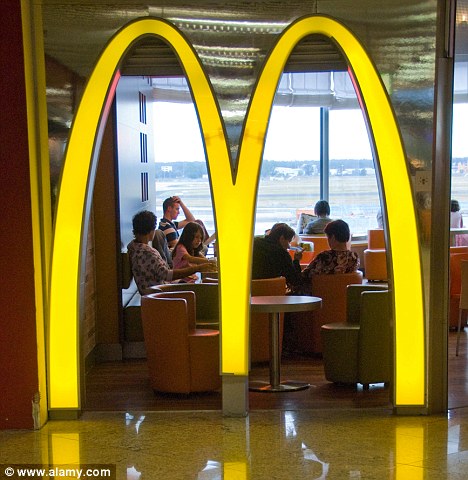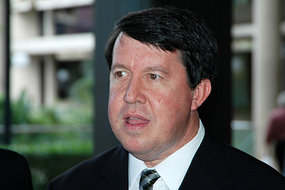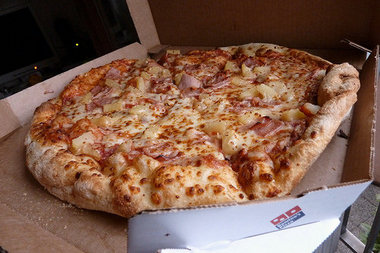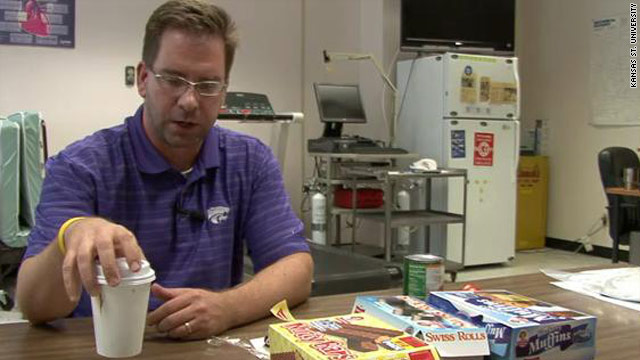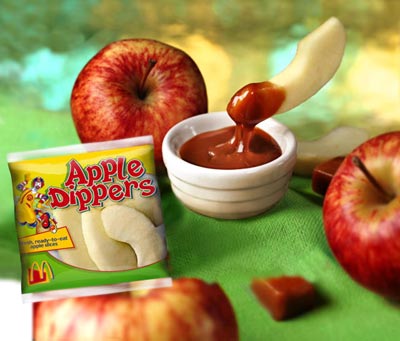Fast food companies including McDonald’s and Kentucky Fried Chicken have been invited by the Department of Health to help write government policy on obesity, alcohol and diet-related disease.
Processed food and drink manufacturers including PepsiCo, Kellogg’s, Unilever, Mars and Diageo are also among the businesses that have been asked to contribute to five ‘responsibility deal’ networks set up by Health Secretary Andrew Lansley.
Campaign groups have criticised the move as an impossible alliance between big business and public health, likening it to placing the tobacco industry in charge of smoke-free spaces.
McDonald’s, KFC and Pepsi to help set government health policy on obesity | Mail Online
